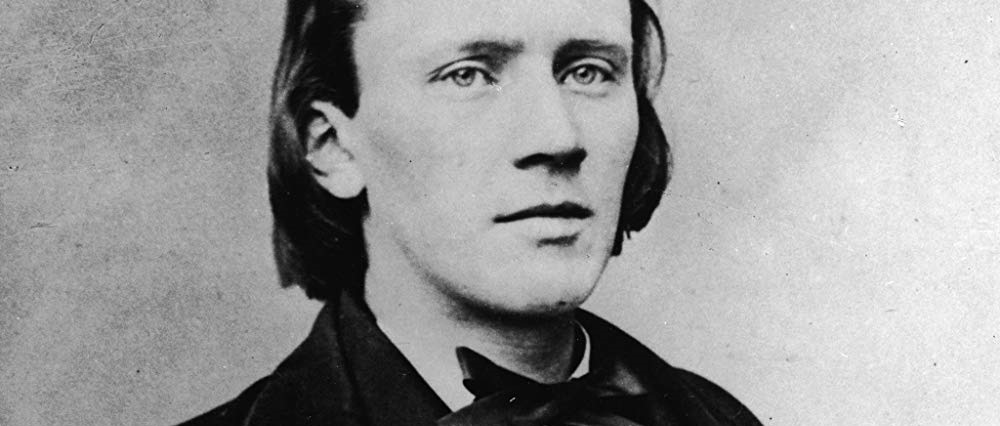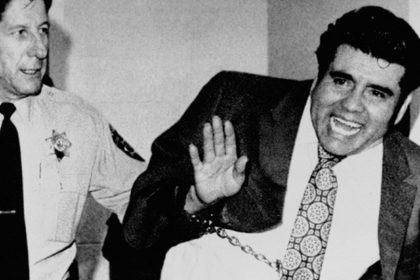Johannes Brahms was a German composer and pianist of the Romantic period. Born in Hamburg into a Lutheran family, Brahms spent much of his professional life in Vienna, Austria. Take a look below for 30 more strange and interesting facts about Johannes Brahms.
1. His reputation and status as a composer is such that he is sometimes grouped with Johann Sebastian Bach and Ludwig van Beethoven as one of the “Three Bs” of music, a comment originally made by the 19th century conductor Hans von Bulow.
2. Brahms composed for symphony orchestra, chamber ensembles, piano, organ, and voice and chorus.
3. As a virtuoso pianist, he premiered many of his own works.
4. He worked with some of the leading performers of his time, including the pianist Clara Schumann and the violinist Joseph Joachim.
5. Many of his works have become staples of the modern concert repertoire.
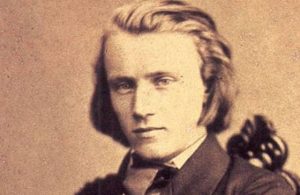
6. An uncompromising perfectionist, Brahms destroyed some of his works and left others unpublished.
7. Brahms has been considered, by his contemporaries and by later writers, as both a traditionalist and an innovator.
8. His music is firmly rooted in the structures and compositional techniques of the Classical masters.
9. While many contemporaries found his music too academic, his contribution and craftsmanship have been admired by subsequent figures as diverse as Arnold Schoenberg and Edward Elgar.
10. The diligent, highly constructed nature of Brahms’s works was a starting point and an inspiration for a generation of composers.
11. Brahms was born on May 7, 1833, in Hamburg.
12. His father, Johann Jakob Brahms, was a musician from Heide, who came to Hamburg to pursue a career in music.
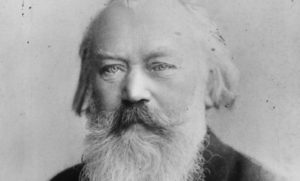
13. His mother, Johanna Henrika Christiane Nissen, was a seamstress.
14. Brahms had his first musical training from his father.
15. When he turned seven, he started taking piano lessons from Otto Friedrich Willibald Cossel and later from Eduard Marxsen.
16. When Brahms turned 13, he began contributing to the family income by playing at taverns, restaurants and local dance halls in the city’s dock area.
17. Working for a prolonged period in smoke laden rooms soon affected his health and he became sick.
18. In 1847, he was sent to Winsen an der Luhe. Here, he conducted the male choir and for it, he wrote his first choral composition.
19. On returning to Hamburg, he resumed playing at taverns and to earn more money, started giving piano lessons.
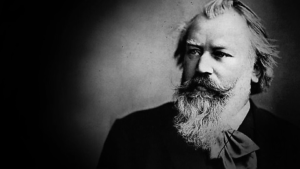
20. Piano Concerto No. 1 in D minor, Op. 15, completed in 1858, was Brahms’ first major work. It is written in three movements and is around 40 to 50 minutes long.
21. Brahms never married.
22. In 1858, he had an affair with Agathe von Siebold of Gottingen and became engaged to her in 1859. However, all of a sudden, he withdrew from the relationship.
23. His letters prove that he did not want to go into any kind of permanent relationship that would bind him to a particular person.
24. Sometime around 1896, Brahms developed cancer and died from it on April 3, 1897, at the age of 63.
25. He is buried in the Zentralfriedhof in Vienna.
26. The monument over his grave was designed by Victor Horta and was sculpted by Ilse von Twardowski-Conrat.
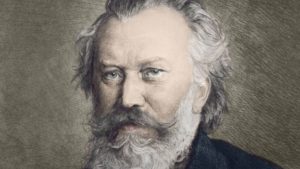
27. Shortly after his death, English composer Hubert Parry wrote a short symphonic movement for orchestra called “Elegy for Brahms.”
28. Brahms has been described as an agnostic and a humanist.
29. Brahms’ point of view looked both backward and forward; his output was often bold in its exploration of harmony and rhythm. As a result, he was an influence on composers of both conservative and modernist tendencies.
30. Within his lifetime, his idiom left an imprint on several composers within his personal circle, who strongly admired his music, such as Heinrich von Herzogenberg, Robert Fuchs and Julius Rontgen, as well as on Gustav Jenner, who was Brahms’s only formal composition pupil.

